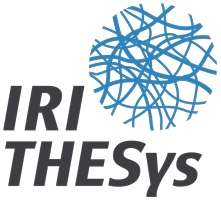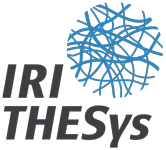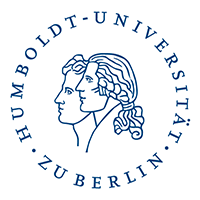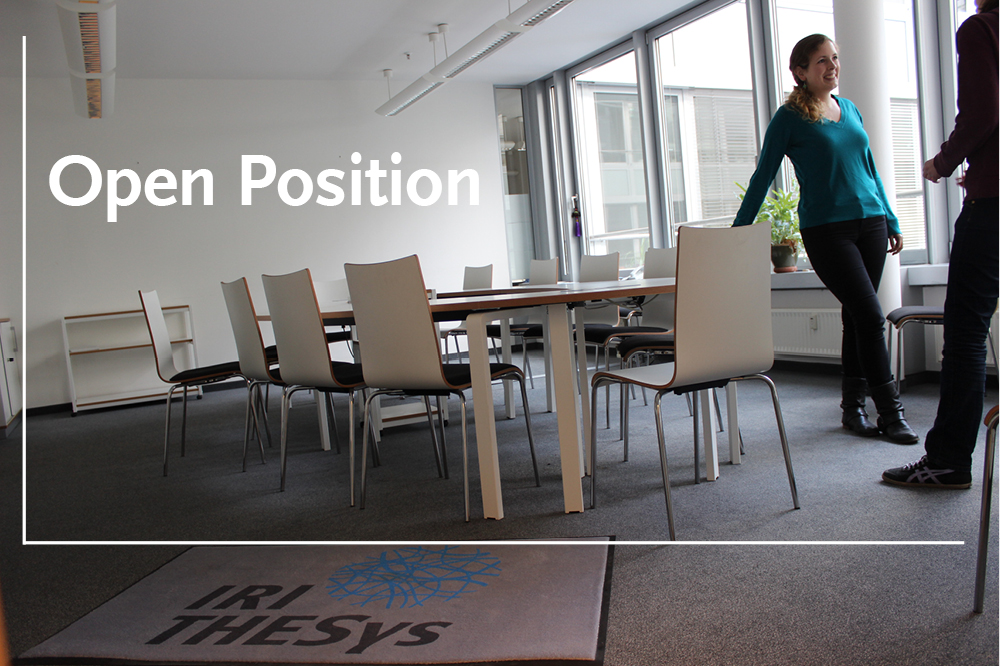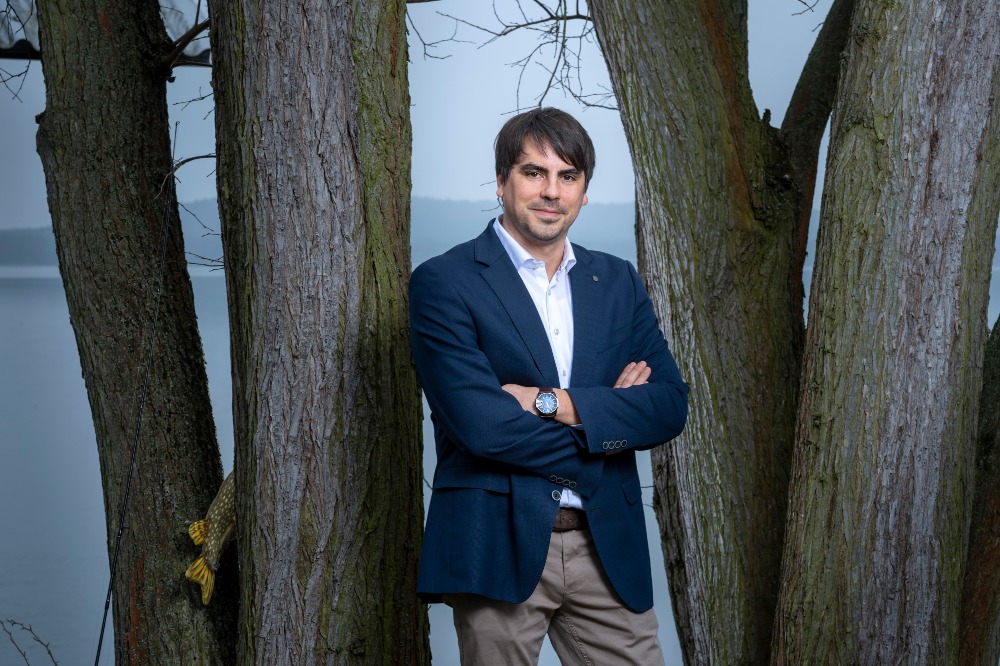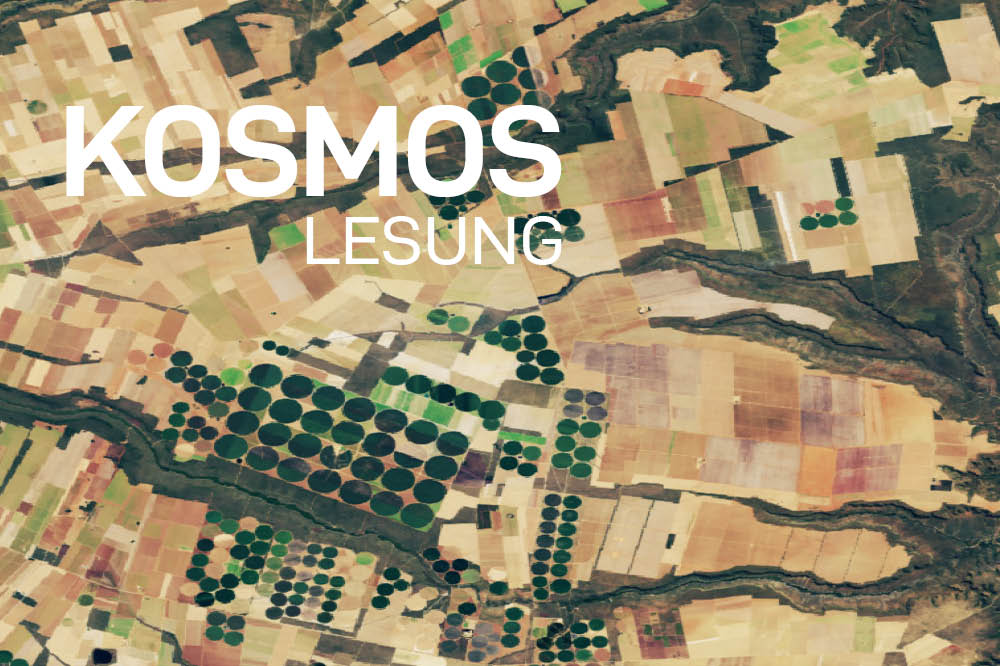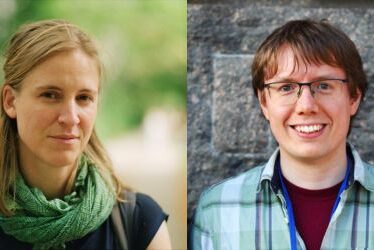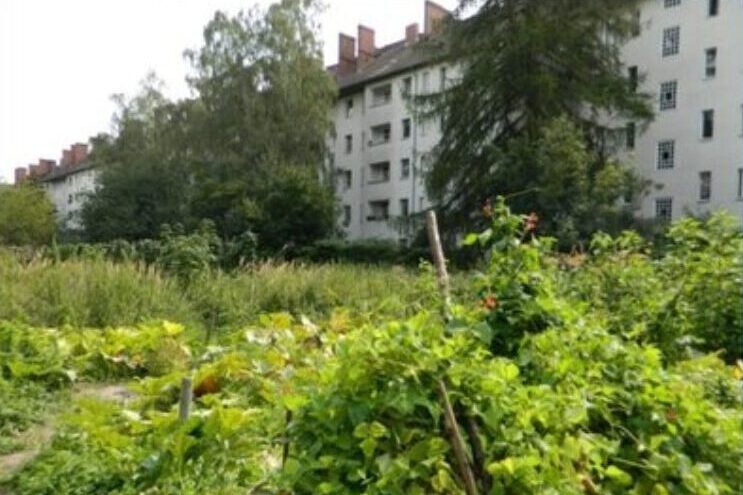Mario A. Heredia S., THESys guest scientist, and Ina Säumel, THESys Member, have together published a paper that involves indigenous communities of the Andes Highlands, a science-based start-up in Ecuador and the European Committee for Training and Agriculture CEFA.
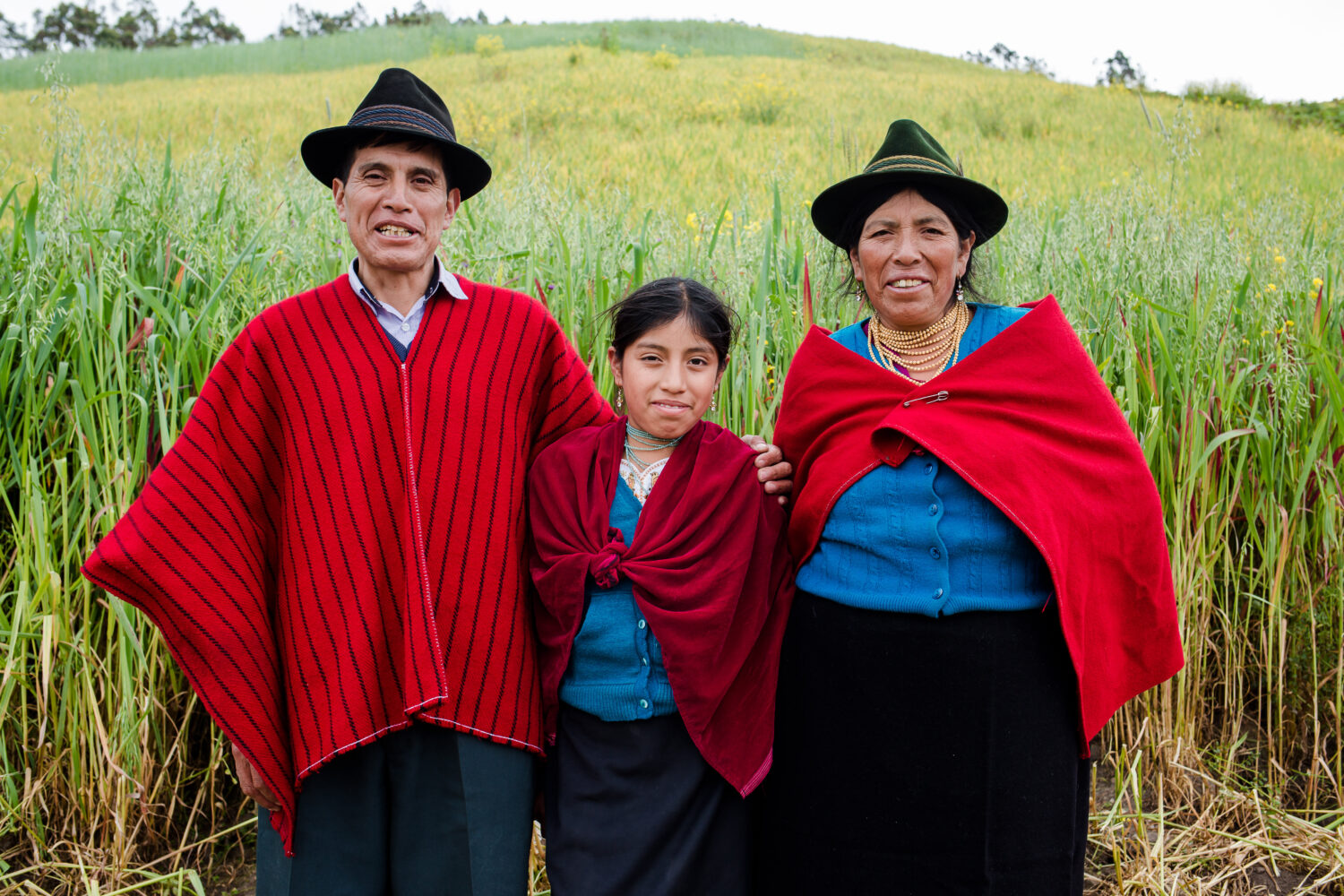
Mario A. Heredia S., THESys guest scientist, and Ina Säumel, THESys Member, have together published a paper that involves indigenous communities of the Andes Highlands, a science-based start-up in Ecuador and the European Committee for Training and Agriculture CEFA.
Biochar as an alternative for soil management and restoration of highland ecosystems
Quinoa and lupin have been of major importance for the food security of farmer communities living in the Andes where access to meat protein sources is limited. Before 2000, the consumption of quinoa and lupin was not usual outside South America. However, the outstanding quality of their protein positioned these Andean grains as an upper-class food in wealthy countries of the Global North where demand of “superfoods” as replacement of meat protein sources have been on the rise.
Driven by this exogenous demand, the area dedicated to cultivation of quinoa and lupin in the Andean highlands increased becoming a relevant source of income for farmers that saw in these crops an opportunity for poverty alleviation. Recently, the increasing supply of quinoa and lupin grew in Europe, Africa, and the USA has displaced Andean production and the prices have lowered. Nonetheless, the environmental impacts in the producer regions of the Andes highlands caused by the once commercial success of quinoa and lupin remain, namely, soil over-exploitation, intensive use of fertilizers, and biodiversity loss due to the conversion of typical highland eco-systems into cropland.
Unlike typical laboratory studies concerning biochar production technologies, the study led by Mario and Ina dedicated several months to conduct participant observation research with indigenous communities of the Andes highlands. The objective has been to precisely define the context in which post-harvest agro-waste is generated and the aspirations of the communities involved. From there, Mario, Ina and the rest of co-authors have tested whether the technology of a local start-up would be an alternative to produce biochar. This study has verified that the quality of the biochar produced in by the local start-up Andes Bioenergy would comply with the EBC guidelines and that the emissions during the process comply with the European Regulation (EU 2015/1188-89 L193/76-100). Thus, this biochar can be used by local communities for soil amendment and for the restoration of degraded highland ecosystems. The authors further state that it would be relevant to test “low-complexity technologies” that can be better adapted to the local context. On this last statement, the authors, together with researchers from Universidad Regional Amazónica IKIAM of Ecuador already carry out research testing low-cost microgasifiers as alternatives to produce biochar in communities located in remote places and when agro-waste is dispersed throughout the territory.
In this way, the authors want to affirm that any technology to produce biochar that is implemented in Andean highlands has to consider the local context, the physical-chemical characteristics of the resource (agro-waste), seek the greatest social impact and reduce environmental impact.
This is a follow-up study, as this particular biochar type (produced from quinoa threshing residue) has proven to be remarkably effective in preventing cadmium adsorption in cocoa crops. This publication on cocoa crops, which is also part of Mario´s research and technology development group, can be found at the following link: https://pubs.acs.org/doi/10.1021/acs.jpcc.0c02216.
Publication
Mario A. Heredia Salgado, Jonathan A. Coba, A. Cianferoni, Ina Säumel, Luís A. C. Tarelho: Conversion of quinoa and lupin agro-residues into biochar in the Andes: An experimental study in a pilot-scale auger-type reactor. Front. Bioeng. Biotechnol., 05 December 2022, Sec. Bioprocess Engineering, Volume 10 – 2022 | https://doi.org/10.3389/fbioe.2022.1087933
Photo credits: Ina Säumel
